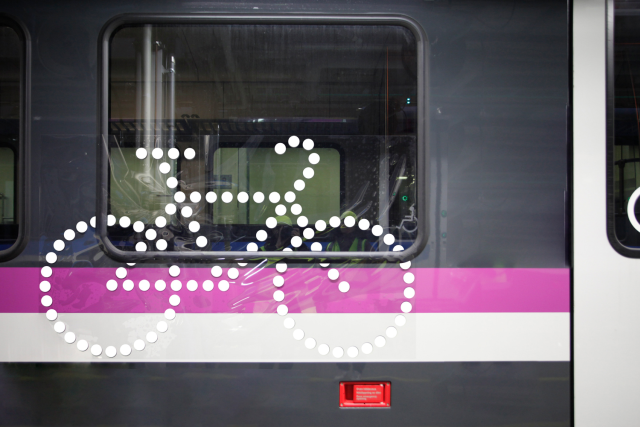
HSL and VR will undertake a one-year trial to facilitate combining sustainable modes of transport. From 19 June, bicycles can be carried on commuter trains also at peak times, provided there is space. Photo: HSL / Lauri Eriksson
HSL and VR will assess the results of the trial in spring 2018 and decide on the principles of transporting bicycles on commuter trains in the future. If the transportation of bicycles impedes the flow of public transport, the trial may be terminated before the end of the 12 month period.
Currently bicycles can be carried on the Metro without extra charge at all times, provided there is space. On commuter trains, bicycles can be carried outside peak times (7am-9am and 3pm-6pm).
Just under a year ago, HSL launched a project to review the principles of bicycle transportation.
“We reviewed customer feedback, studied international practices and experiences, conducted a customer survey and bicycle counts to assess the sufficiency of space capacity,” explains HSL’s Senior Loyalty Scheme Designer Tarja Jääskeläinen.
Over 4,000 people responded to the customer survey conducted last summer. Many of the respondents were in favor of allowing bicycle transportation on commuter trains also at peak times. No less than 84% of all respondents and 65% of those who use public transport a lot but do not cycle were in favor or allowing bicycle transportation on commuter trains at all times, provided there is space.
This year Helsinki region residents were asked for their views on land use, housing and transport via the so called MAL barometer. The results were similar: 61% of the about 3,300 respondents thought that transportation of bicycles on public transport should be made easier.
“HSL’s strategy includes promoting walking, cycling and public transport. The better the different sustainable modes of transport support each other, the better they can replace driving along,” says HSL’s Director of Customer Experience and Sales Mari Flink.
“Increasing cycling benefits everyone: compared to other modes of transport, investments are smaller, it takes less space, promotes health and is emission-free, bringing significant benefits to both cyclists and the society as a whole. On the other hand, the flow of car traffic improves when the use of public transport and cycling increases.”
By the coming summer, all HSL commuter train services will be operated with the new Sm5 or Flirt trains with special carriages for transporting bicycles, wheelchairs and prams. The doors of the carriages are marked with a dotted line bicycle symbol to facilitate finding the right door.
“Our rolling stock analysis showed that although there usually is room for bikes on trains, at peak times some services are very crowded. I hope that cyclist would be considerate of other passengers and comply with the instructions both on commuter trains and the Metro so that travel is comfortable for everyone and the transportation of bicycles could be allowed also in the future,” says Jääskeläinen.
At the same time, VR is giving up the bicycle transport fee on its own commuter services. As all VR’s commuter services are still not operated with low-floor trains, passengers are advised to use their own discretion in transporting bicycles. Train staff still has the right to ask cyclists to get off a train if they are causing discomfort for other passengers. HSL will provide more detailed instructions for bicycle transport at the beginning of June.
Cyclists must walk their bicycles at stations and use lifts to go the platforms. Folded bikes can be carried on all HSL’s modes of transport.
